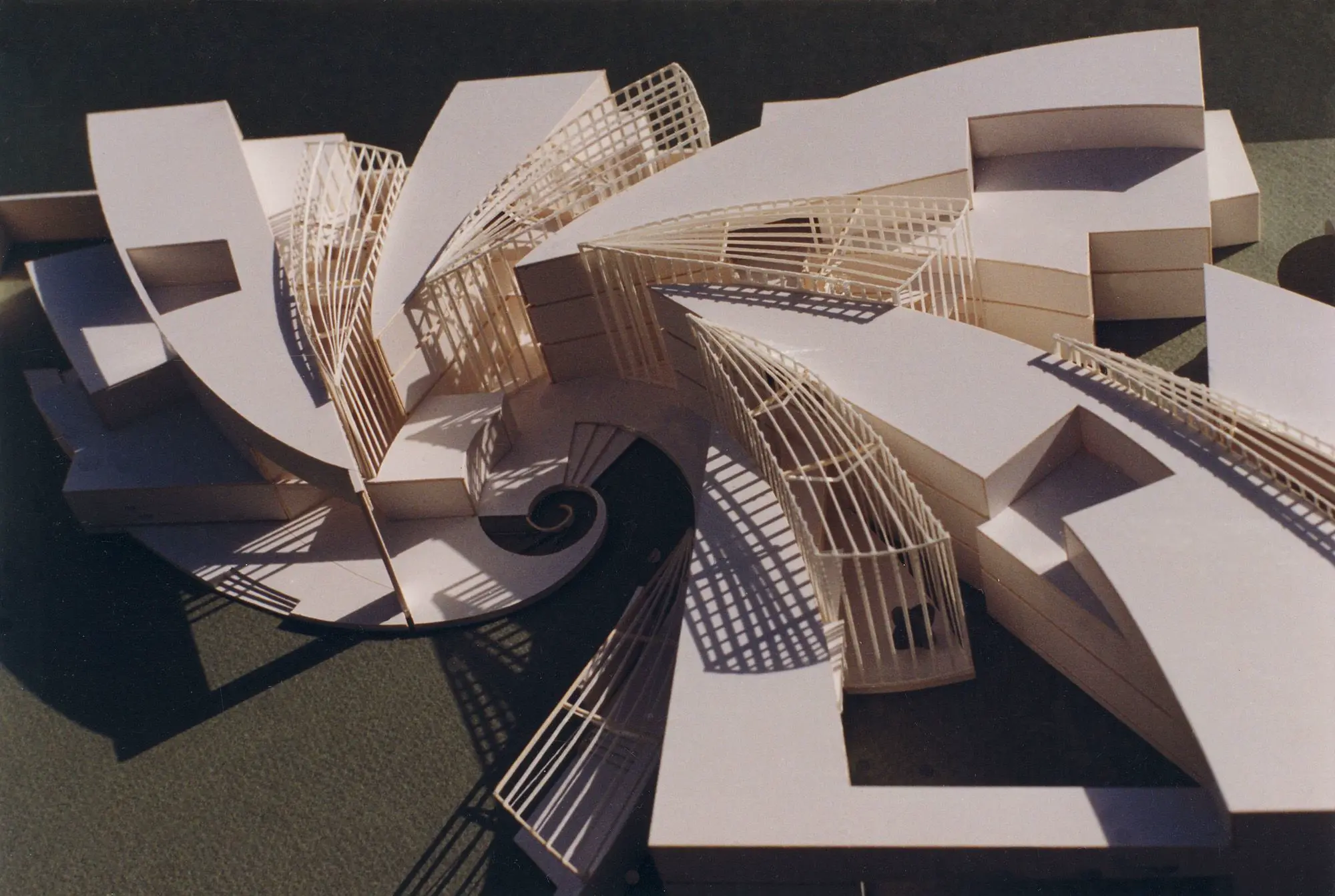An architectural model is the process of creating a three-dimensional and scaled representation using various materials of projects conceived in the fields of architecture and civil engineering, in order to create and express a real concept during or after the design phase. Architectural models are generally used for exploration during the design phase and for presentation purposes after design. Additionally, students of architecture and civil engineering receive instruction in model-making techniques.
Today, the architectural model is considered the most effective method among all possible presentation techniques. With the advancement of technology, projects modeled in 3D using various programs in a digital environment are presented on a 2D plane. However, these models offering a single viewpoint are not as effective as the method of the architectural model, which provides multiple viewpoints. What makes the architectural model so important is that humans naturally have a better perception of three-dimensional objects and can thus attribute them a global sense.
In the design process that begins with an idea, designers sometimes resort to the method of the model to reduce error margins. The designer must not lose their perception of reality with the project they begin in 2D. At this point, the model can reveal the errors and shortcomings of the project and moreover provide ideas for improvement. Designers strive to make their projects both functional and aesthetic. In this sense, the method of the model shows how each element of the project is in harmony with the overall project. Overall, due to the time, financial, and labor-intensive effort involved in a project from the design phase to implementation, it is imperative to make a model to avoid errors and setbacks.
Another goal of architectural models is to create presentation models once the implementation phase is reached. Companies and producer institutions generally want to present their project with every detail staggered to better convey it to future users. Potential users, by perceiving the project in three dimensions, can evaluate the building they are considering choosing with the surrounding elements. Therefore, the model is a very important presentation method often used by producer companies.
Today, many professional companies produce architectural models. Many sectors benefit from the technique of architectural models, including art, construction, industry, and technology.
It is very important to determine what the manufactured product will be used for during the making of an architectural model and where it will be used. In fact, the choice of scale and materials depends on this. For example, the materials used for a model intended to evaluate or criticize a project in the design phase will be different from those chosen for a model presented by a manufacturer to its potential customers. This also applies to the scale of the model.
Many materials are used in the making of architectural models. For evaluation models, lightweight and flexible materials such as cardboard, paper, cardboard, or foam may be preferred, while for presentation models, more durable materials such as Plexiglas, wood, PVC, or metal are generally used.





